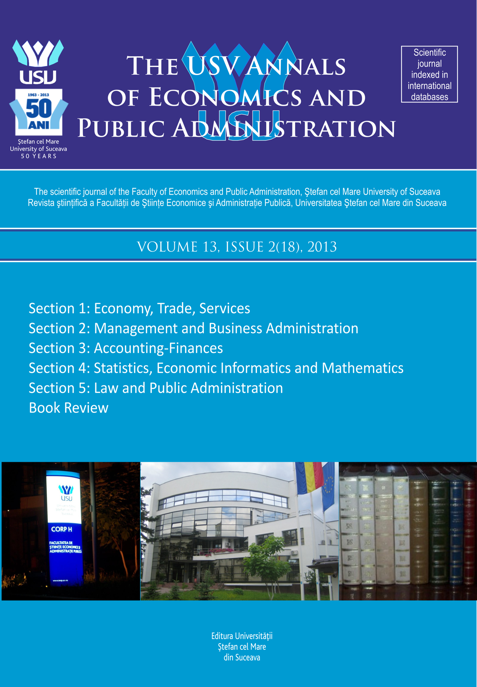THE STRUCTURAL DEFICIT – A NEW MEASURE FOR FISCAL DISCIPLINE IN THE EURO AREA
DOI:
https://doi.org/10.4316/aepa.2013.13.2(18).174-182Abstract
The aim of this paper is assess the importance of the new limit for the government deficit in order to improve the fiscal discipline in the Economic and Monetary Union in Europe. Since the introduction of the single currency there have been debates regarding the lack of fiscal integration. The monetary integration process triggered the centralization of monetary policies and the fiscal ones remained at the state’s level. Although the member states of the euro area were subject to restrictions imposed by the Stability and Growth Pact in order to provide an assurance against asymmetric shocks, the recent financial crisis revealed high levels of public deficits. Thus, the currency area proved to be suboptimal and the measures were not enough to establishing an environment of fiscal discipline in the currency area. Therefore, new limits were imposed through the Treaty of Stability Coordination and Governance in the Economic and Monetary Union. This study will provide a clear understanding of the concept of structural deficit, measures used to quantify it and the shortcomings of this indicator. Furthermore, it will show that, despite the limits of the indicator, it represents an improvement in the stabilizing the euro area.

